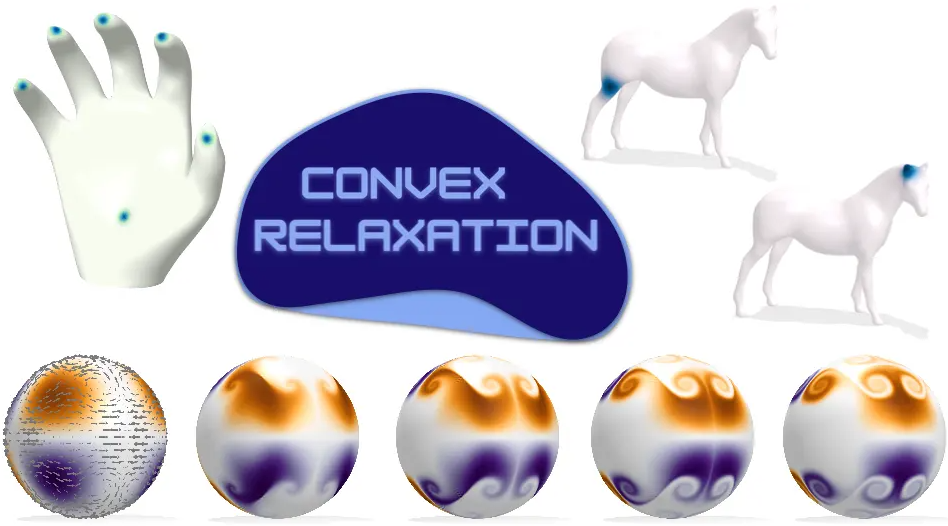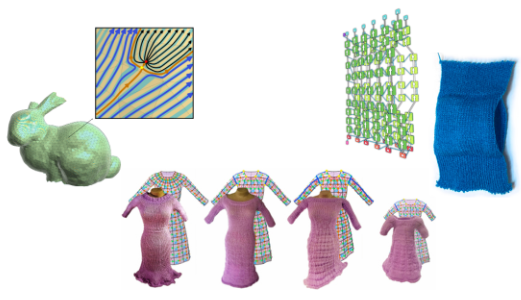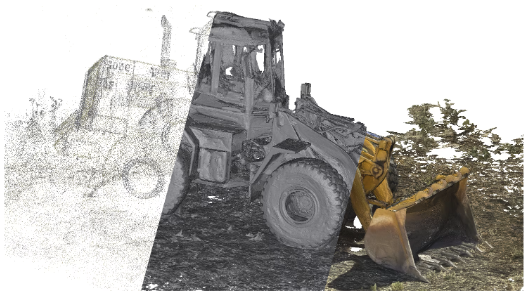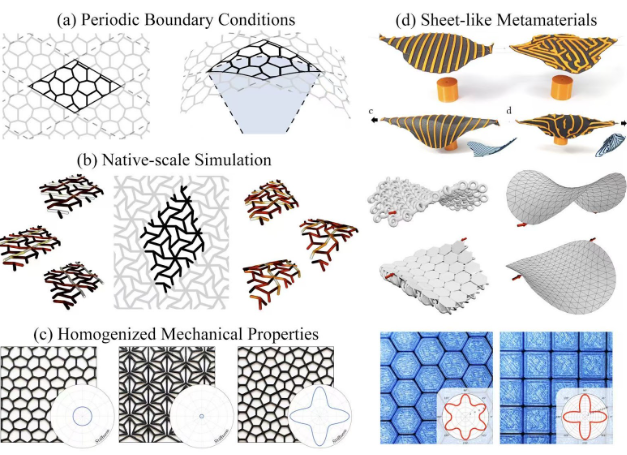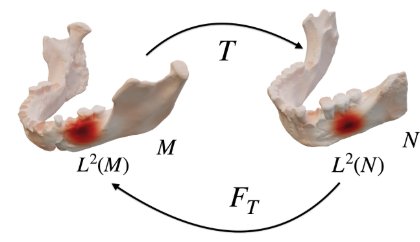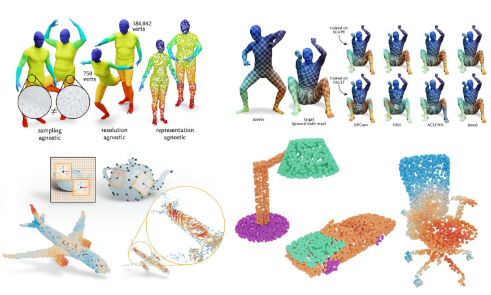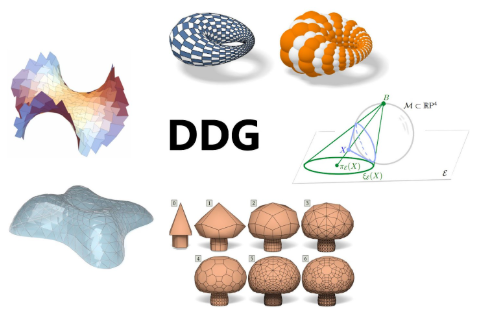Geometry, Topology and Physics of 3D Shape Generative Models
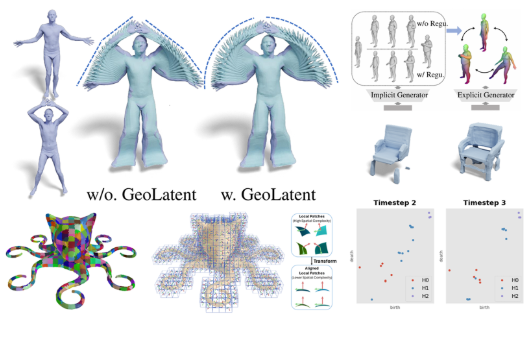
Existing 3D generative models predominantly focus on adopting cutting-edge generative models (e.g., GAN, VAE, auto-regressive models, normalizing flows, and diffusion models) under some 3D representations (e.g., mesh, voxels, implicit representations, and point clouds). Although these methods show promising visual results, they do not model and therefore do not preserve important geometric, physical, and topological priors on synthetic shapes. This lecture will teach recent advances on modeling these priors into deep neural networks, focusing on network design for 3D neural representations and regression losses for 3D shape generative models. The course is self-contained but prior knowledge about 3D neural representations is preferred.
Course materials:
[Slides]
[Video (Archive)]
Qixing Huang ( UT Austin)
